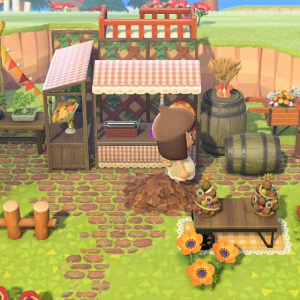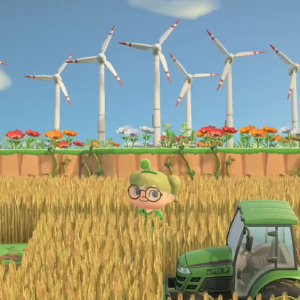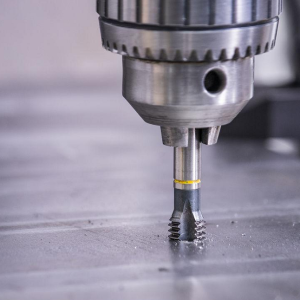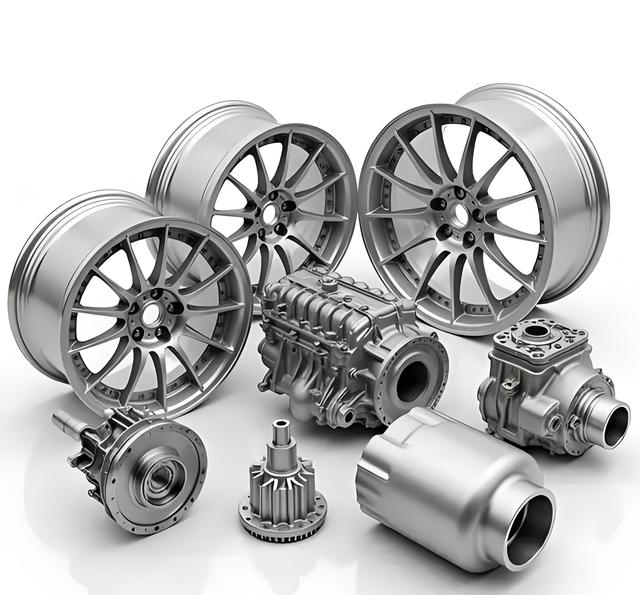Metal casting process is defined as the process in which molten metal is poured into a mold that contains a hollow cavity of a desired geometrical shape and allowed to cool down to form a solidified part. Metal casting processes have been known for thousands of years and have been widely used for creating sculptures, jewelry, weapons, and tools. The first known cast object is a copper frog that dates back to 3200 BC, found in Mesopotamia (present-day Iraq). During the Bronze Age, metal casting exploded in popularity. Bronze was a much easier and stronger alloy to work with compared to gold and was cast into tools and weapons using stone molds.
Major Groups of Metal Casting
Metal casting can be divided into two major groups by the basic nature of the mold design. They are:
| Type | Key Feature |
|---|---|
| Expendable Mold Casting | Uses single-use or temporary molds, which are broken to remove the casting. |
| Non-Expendable or Permanent Mold Casting | Uses permanent molds that can be reused for multiple casting cycles. |
Expendable Mold Casting
Expendable mold casting utilizes single-use or temporary molds to produce the final casting, as the mold will be broken to get the casting out. Sand, ceramics, and plaster are common materials used to make these molds, generally bonded with binders to improve the qualities of disposable molds. Expendable mold casting can be used to cast complex, sophisticated shapes.
The expendable mold casting is divided into two categories: the permanent pattern and the evaporative pattern. Permanent pattern uses a permanent model to create the mold pattern. Examples include sand casting, plaster mold casting, shell mold casting, and ceramic mold casting. Evaporative pattern uses a temporary model that will evaporate to create the mold pattern; examples include lost foam casting and investment casting.
Sand Casting
Sand casting is a process by which sand is used to create a mold and liquid metal is poured to create a part. The first step involves fabricating the pattern, a replica of the exterior of the casting for the mold. Patterns are often made from materials such as wood, plastics, etc., and are oversized to allow the metal to shrink when cooling. Cores may be used for interior contours.
The sand mold is usually made in two halves: the top (cope) and the bottom (drag), both created by packing sand into containers around the pattern. After ramming, the patterns are removed, leaving their contours in the sand. Channels and connections (gates, runners) and a funnel (sprue) are then created, allowing the molten metal to flow accurately into the mold.
| Advantages | Disadvantages |
|---|---|
| Low setup cost, ideal for short runs; low equipment value; can create complex parts if the right cores and gating system are used. | High degree of porosity, low final part strength, poor surface finish, low dimensional accuracy, defects unavoidable, secondary machining often required. |
Plaster Mold Casting
Plaster mold casting is similar to sand casting but uses plaster of Paris instead of sand. It is generally used for casting non-ferrous metals. The process involves mixing plaster of Paris with water and additives, pouring the mixture over the casting pattern, allowing it to set, then baking the mold to remove moisture and impart strength.
| Advantages | Disadvantages |
|---|---|
| Very good surface finish, reduced machining cost, uniform cooling, complex shapes possible at less cost, good geometric accuracy. | Cannot handle temperatures above 1200°C, mold preparation/time-consuming, moisture can cause defects, low production rate due to long solidification. |
Shell Mold Casting
Shell mold casting uses resin-covered sand to form the mold and is suitable for small to medium parts that require high precision. The process involves placing a heated pattern over a sandbox mixed with thermosetting resins, allowing the resin and sand to form a hard shell, then curing and assembling the shell halves.
| Advantages | Disadvantages |
|---|---|
| Good surface quality, high dimensional accuracy, thin wall castings possible, less manpower required. | High production and pattern cost, size and weight limitations. |
Ceramic Mold Casting
Ceramic mold casting is similar to sand or plaster mold casting, but uses refractory ceramic material for the mold, allowing it to withstand higher temperatures. It is used to cast materials such as cast steels, cast iron, and high-temperature alloys.
| Advantages | Disadvantages |
|---|---|
| Excellent surface finish, closed dimensional tolerance, thin and intricate shapes possible. | Small casting size, difficult to control tolerance at parting lines, expensive equipment, slow production rate. |
Lost Foam Casting
Lost foam casting is an evaporative pattern casting method using a polystyrene foam pattern to create a sand mold. The pattern vaporizes when molten metal is poured, filling the cavity. Sometimes called expanded polystyrene casting or evaporative foam casting.
| Advantages | Disadvantages |
|---|---|
| High precision, smooth surface finish, nearly no error or defects, economical for complicated parts. | High pattern cost for low volumes, can be easily damaged or distorted due to low strength. |
Investment Casting
In investment casting, a wax pattern is coated with a refractory material to make a mold, which is then melted away before pouring molten metal. Also known as lost wax casting.
| Advantages | Disadvantages |
|---|---|
| Extremely complex shapes can be cast as a single piece, excellent dimensional accuracy, tighter tolerance, excellent surface finish. | Difficult to cast parts requiring cores, limited to large production due to high pattern cost, involves many complex steps. |
For professionals seeking high-quality custom castings, working with a reputable die cast parts manufacturer ensures precision and consistency across complex projects.
Non-Expendable or Permanent Mold Casting
Non-expendable mold casting uses permanent molds that can be reused after each production cycle. While this method produces repeatable parts, it is generally limited to simpler shapes, as the mold must be opened to remove the cast. Examples include pressure die casting, gravity die casting, centrifugal casting, and continuous casting.
Pressure Die Casting
Pressure die casting involves forcing molten metal under pressure into a securely locked metal die cavity. The process uses either a hot chamber or cold chamber system for injecting the metal. After solidification, the die opens and the casting is ejected, ready for the next cycle.
| Advantages | Disadvantages |
|---|---|
| High volume production with identical components; high accuracy; cost effective for mass production; good surface finish. | Requires complex and expensive equipment; large capital investment; inflexible compared to gravity die casting; possible porosity due to air pockets. |
Gravity Die Casting
Gravity die casting is an older method where metal is poured into the cavity by gravity, without external force. Sometimes, the die is tilted to control pouring. Sand cores may be used to create holes or pores if needed.
| Advantages | Disadvantages |
|---|---|
| Good surface finish, tight dimensional tolerance, thin castings possible, ideal for mass production, small floor space required. | High initial mold cost, not suitable for metals with high melting points. |
Centrifugal Casting
Centrifugal casting uses centrifugal force to fill the mold with molten material. The mold is rotated around an axis, and the metal is poured into the pouring cup, which is then forced into the mold by centrifugal force. There are three types: centrifugal casting, semicentrifugal casting, and true centrifugal casting.
| Advantages | Disadvantages |
|---|---|
| High density and mechanical strength, fine grain structure, impurities are lighter, no need for gates/rises, high output, hollow interiors possible. | Inaccurate inner diameter, not all alloys can be cast this way. |
Continuous Casting
Continuous casting is a manufacturing process that shapes and solidifies metals without interruption. Molten metal is fed into a mold of the required shape, cooled by water, and then drawn through guides and straighteners to achieve final dimensions.
| Advantages | Disadvantages |
|---|---|
| Ideal for pressure applications, less material waste, reduced machining needed, consistent product quality. | High setup cost, not practical for small quantities or special shapes, limited to stable cross-section shapes. |
When considering material selection for casting or fabrication, understanding the properties of mild steel can be vital for achieving the desired strength, machinability, and performance.
